43 label the atp molecule
KEY Cells energy with ATP model activity.pdf Adenosine Triphosphate. ATP is made up of smaller molecules or subunits-ribose, adenine, and phosphoric acid or phosphate groups. Ribose Molecule. Adenosine triphosphate - American Chemical Society Mar 8, 2021 ... Adenosine 5′-triphosphate, abbreviated ATP and usually expressed without the 5′-, is an important “energy molecule” found in all life forms.
Adenosine triphosphate (ATP) | Definition, Structure, Function, & Facts small organic molecules including adenosine triphosphate ATP is a nucleotide that consists of three main structures: the nitrogenous base, adenine; the sugar, ribose; and a chain of three phosphate groups bound to ribose. The phosphate tail of ATP is the actual power source which the cell taps.
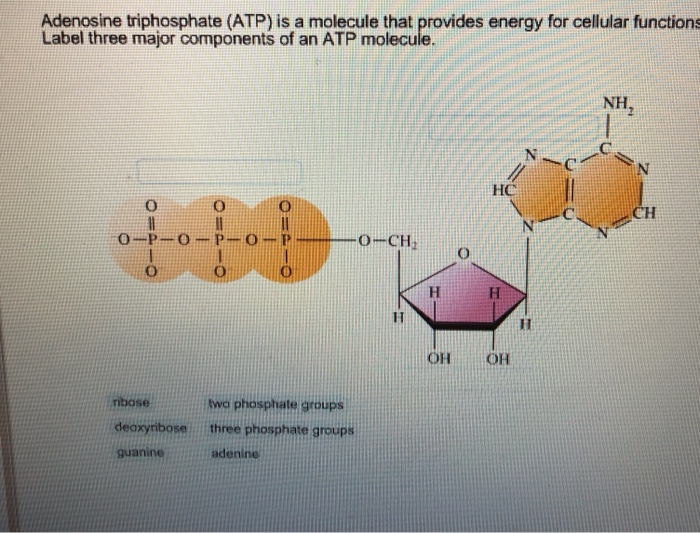
Label the atp molecule
Model of ATP Molecule - Perkins School for the Blind The model described is of a molecule of ATP (adenosine triphosphate) which is the energy currency of the cell because it provides energy for the cell's activities. Understanding the structure of this molecule leads to a clear understanding of the manner in which it provides needed energy to the cell. DOCX Part 1: The structure of ATP. ATP consists of 3 parts: 1 adenine molecule, 1 ribose sugar molecule, and 3 phosphate molecules. Energy is stored in the bond that is found between the 2nd and 3rd phosphate groups. COLOR & LABEL the following in the ATP molecules below: adenine - red, ribose - orange, 3 phosphate groups - yellow. 3. 2. 1. 1 ... The ATP molecule in 3-D - BioTopics The ATP molecule - rotatable in 3 dimensions · the base adenine - a double ring like section with several nitrogen atoms (blue), · the 5 carbon sugar ribose in ...
Label the atp molecule. Oxidative phosphorylation | Biology (article) | Khan Academy 30-32 ATP from the breakdown of one glucose molecule is a high-end estimate, and the real yield may be lower. For instance, some intermediates from cellular respiration may be siphoned off by the cell and used in other biosynthetic pathways, reducing the number of ATP produced. The ATP Molecule -Chemical and Physical Properties - World of Molecules ATP Molecule The Adenosine triphosphate ( ATP) molecule is the nucleotide known in biochemistry as the "molecular currency" of intracellular energy transfer; that is, ATP is able to store and transport chemical energy within cells. ATP also plays an important role in the synthesis of nucleic acids. ATP Coloring Sheet.docx COLOR the 2 high-energy bonds GREEN (or draw an arrow) and LABEL them. Color the ADP and ATP molecules below the same colors as the above image. Color the ... Steps of cellular respiration | Biology (article) | Khan Academy NAD+ is an electron transport molecule inside the cristae of a cell's mitochondria. In glycolysis, the beginning process of all types of cellular respiration, two molecules of ATP are used to attach 2 phosphate groups to a glucose molecule, which is broken down into 2 separate 3-carbon PGAL molecules.
Solved Adenosine triphosphate (ATP) is a molecule that - Chegg Expert Answer. Adenosine triphosphate (ATP) is a molecule that provides energy for cellular functions Label three major components of an ATP molecule NH, C. CH OmCH FT OH OH ribose deoxyribose guanine wo phosphate groups three phosphate groups adenine. 1. Label the parts of the ATP molecule using the word bank. What is formed when you break a bond between phosphate groups in ATP? 4. How many TOTAL molecules of ATP are produced during the process of cellular respiration ... Solved Adenosine triphosphate (ATP) is a molecule that - Chegg Expert Answer. 100% (11 ratings) Transcribed image text: Adenosine triphosphate (ATP) is a molecule that provides energy for cellular functions. Label three major components of an ATP molecule. NH, Answer Bank guanine three phosphate groups v=CH deoxyribose adenine -O-P-0 - P-0 — -0-CH ribose k H H two phosphate groups ОН ОН. What are three parts of an ATP molecule? | Socratic ATP molecules are used by all living organism as energy to carry out life functions. Also notable, ATP stands for Adenosine Triphosphate. This molecule is composed of three parts: Adenine Ribose Three Phosphate Groups Here is a picture: Answer link
Adenosine triphosphate - Wikipedia Interactive animation of the structure of ATP Adenosine triphosphate ( ATP) is an organic compound that provides energy to drive and support many processes in living cells, such as muscle contraction, nerve impulse propagation, condensate dissolution, and chemical synthesis. Electron Transport Chain | Biology for Majors I - Lumen Learning The electron transport chain is a series of electron transporters embedded in the inner mitochondrial membrane that shuttles electrons from NADH and FADH 2 to molecular oxygen. In the process, protons are pumped from the mitochondrial matrix to the intermembrane space, and oxygen is reduced to form water. The electron transport chain (Figure 1 ... Chapters 5b - 7 Honors Biology Flashcards | Quizlet ATP contains energy which can then be used to do other functions in cells such as transport work, mechanical work, and chemical work. The number of ATP's that are produced in: 1. Glycolysis 2. Krebs Cycle 3. Electron Transport Chain 4. Fermentation 5. Total in the 3 phsases of Cellular respiration 1. 2 ATP 2. 2 ATP 3. 28 ATP 4. 0-2 ATP 5. 32 ATP Solved 1. Draw and label an ATP molecule. Using your drawing - Chegg 1. Draw and label an ATP molecule. Using your drawing as a diagram, explain how ATP molecules release energy. 2. How is ADP different from ATP? ADD has 2 phosphate ATP has 3 phosphate 3. Explain why glucose is important. groups groups 4. What is glucose broken down into during glycolysis? 5. Where does glycolysis occur? = 6.
ATP: How It Works, How It's Made, and Why It's Important - Verywell Health ATP is made of a nitrogen base (adenine) and a sugar molecule (ribose), which create adenosine, plus three phosphate molecules. If adenosine only has one phosphate molecule, it's called adenosine monophosphate (AMP). If it has two phosphates, it's called adenosine diphosphate (ADP).
What are the three parts of an ATP molecule Flashcards What are the 3 parts of an ATP molecule adenine, ribose, 3 phosphate groups Energy is released from ATP when a phosphate is removed Organisms such as plants that make there own food are called autotrophs Plants gather energy with light-absorbing molecules called pigments Most plants appear green because chlorophyll doesn't absorb green light
ATP structure + function - Weebly These components are linked together into a single molecule through condensation reactions. Picture. ATP and energy release
Label the molecule of ATP. Show where the high energy bond is ... The ATP molecule is comprised of an adenosine molecule attached to three phosphates. The bond with the last phosphate is highly energetic.
ATP cycle and reaction coupling | Energy (article) | Khan Academy When reaction coupling involves ATP, the shared intermediate is often a phosphorylated molecule (a molecule to which one of the phosphate groups of ATP has been attached). As an example of how this works, let's look at the formation of sucrose, or table sugar, from glucose and fructose 3 , 4 ^{3,4} 3 , 4 start superscript, 3, comma, 4, end ...
Draw and label an ATP model please - Brainly.com Adenosine triphosphate (ATP) consists of an adenosine molecule bonded to three phophate groups in a row. In a process called cellular respiration, chemical energy in food is converted into chemical energy that the cell can use, and stores it in molecules of ATP.
9.4: ATP, The Principal Phosphate Group Donor The most important donor of phosphate groups in the cell is a molecule called adenosine triphosphate, commonly known by its abbreviation ATP. that there are essentially three parts to the ATP molecule: an adenine nucleoside 'base', a five-carbon sugar (ribose), and triphosphate.
Adenosine Triphosphate - ATP - Bris.ac.uk The ATP molecule is composed of three components. At the centre is a sugar molecule, ribose (the same sugar that forms the basis of DNA). Attached to one side ...
Chapter 7 Flashcards | Quizlet Adenosine triphosphate (ATP) is a molecule that provides energy for cellular functions. Label three major components of an ATP molecule. three phosphate,ribose,adenine Classify the following statements about the structure of an adenosine triphosphate (ATP) molecule as true or false. Reminder: Adenosine diphosphate is abbreviated ADP.
Adenosine Triphosphate (ATP) - Definition, Structure and Function Adenosine triphosphate, also known as ATP, is a molecule that carries energy within cells. It is the main energy currency of the cell, and it is an end product of the processes of photophosphorylation (adding a phosphate group to a molecule using energy from light), cellular respiration, and fermentation. All living things use ATP.
The ATP molecule in 3-D - BioTopics The ATP molecule - rotatable in 3 dimensions · the base adenine - a double ring like section with several nitrogen atoms (blue), · the 5 carbon sugar ribose in ...
DOCX Part 1: The structure of ATP. ATP consists of 3 parts: 1 adenine molecule, 1 ribose sugar molecule, and 3 phosphate molecules. Energy is stored in the bond that is found between the 2nd and 3rd phosphate groups. COLOR & LABEL the following in the ATP molecules below: adenine - red, ribose - orange, 3 phosphate groups - yellow. 3. 2. 1. 1 ...
Model of ATP Molecule - Perkins School for the Blind The model described is of a molecule of ATP (adenosine triphosphate) which is the energy currency of the cell because it provides energy for the cell's activities. Understanding the structure of this molecule leads to a clear understanding of the manner in which it provides needed energy to the cell.

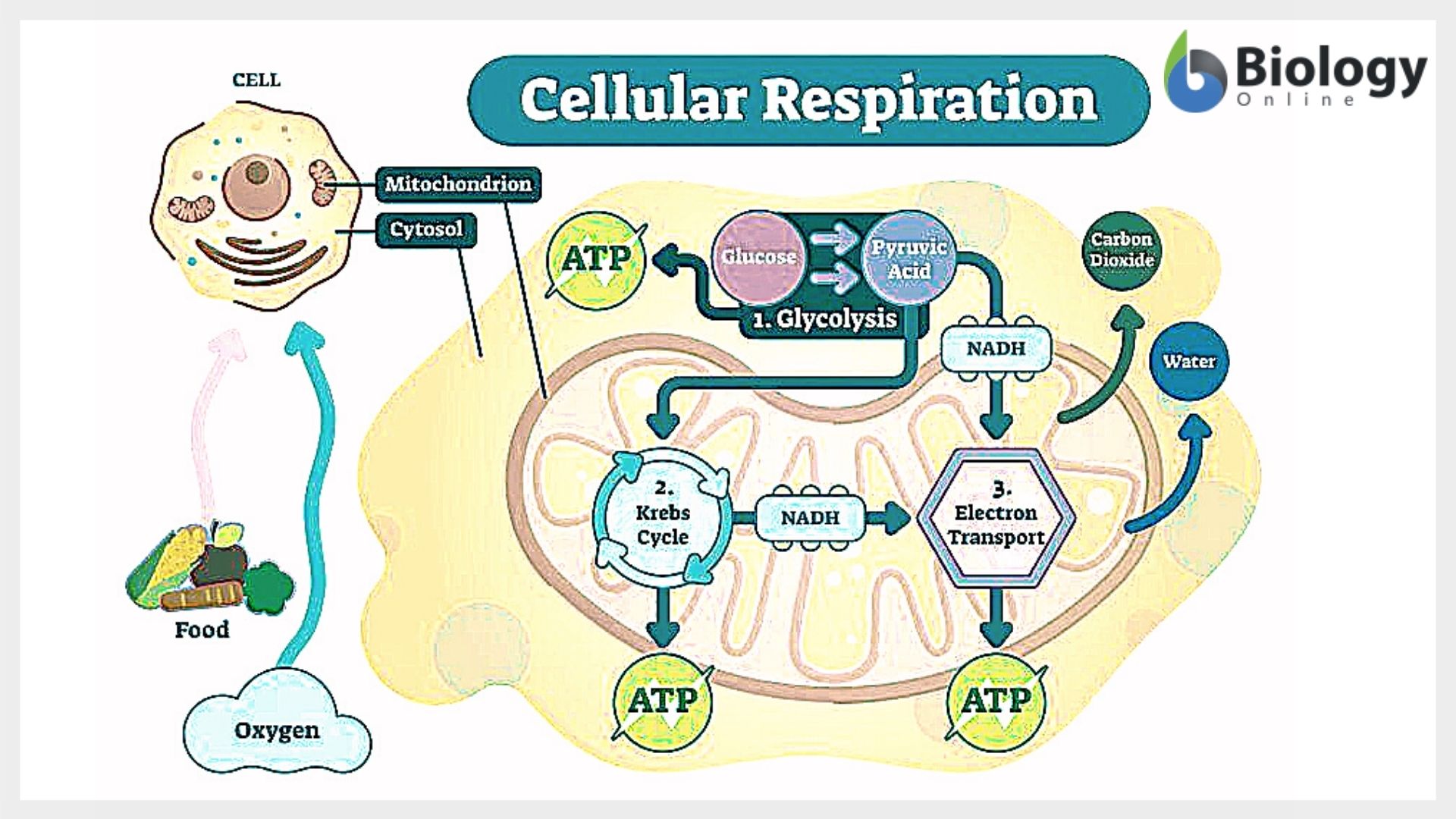





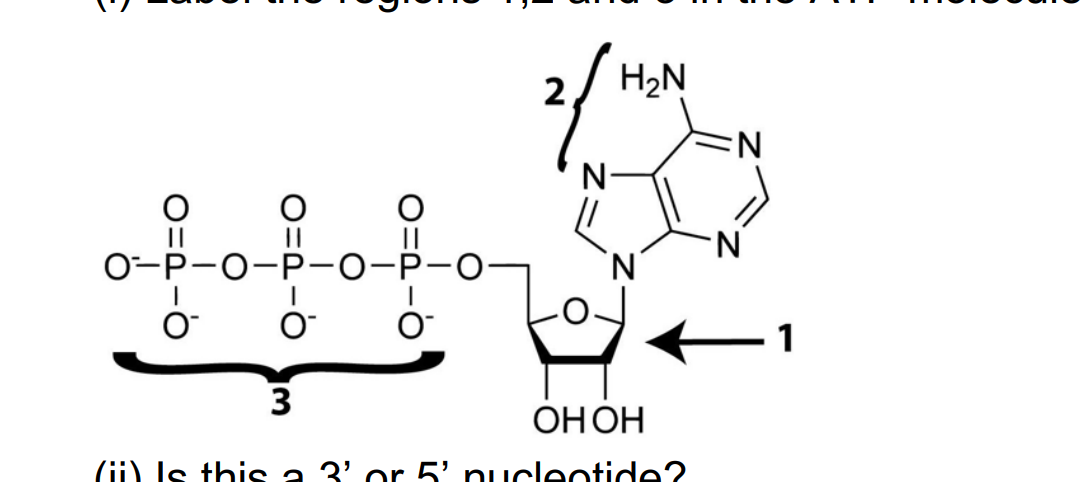

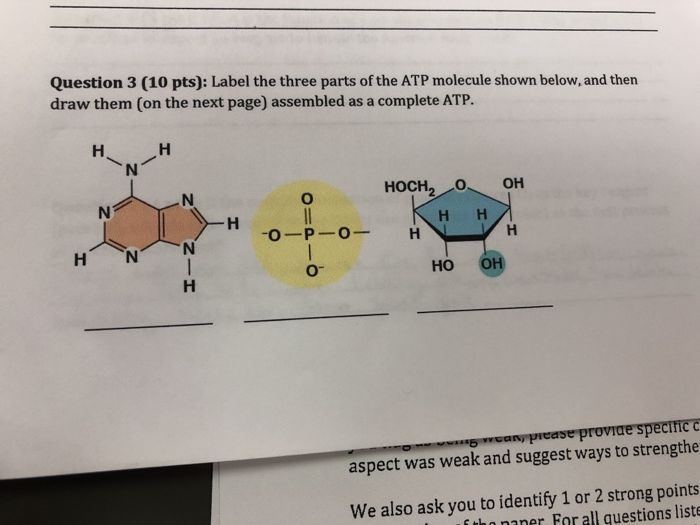

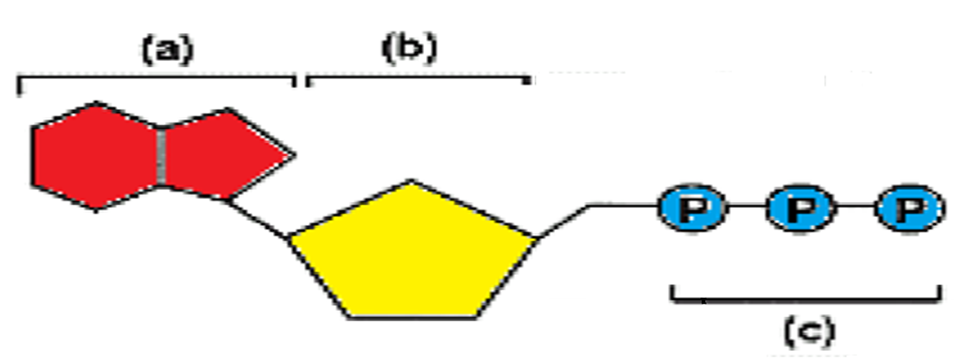




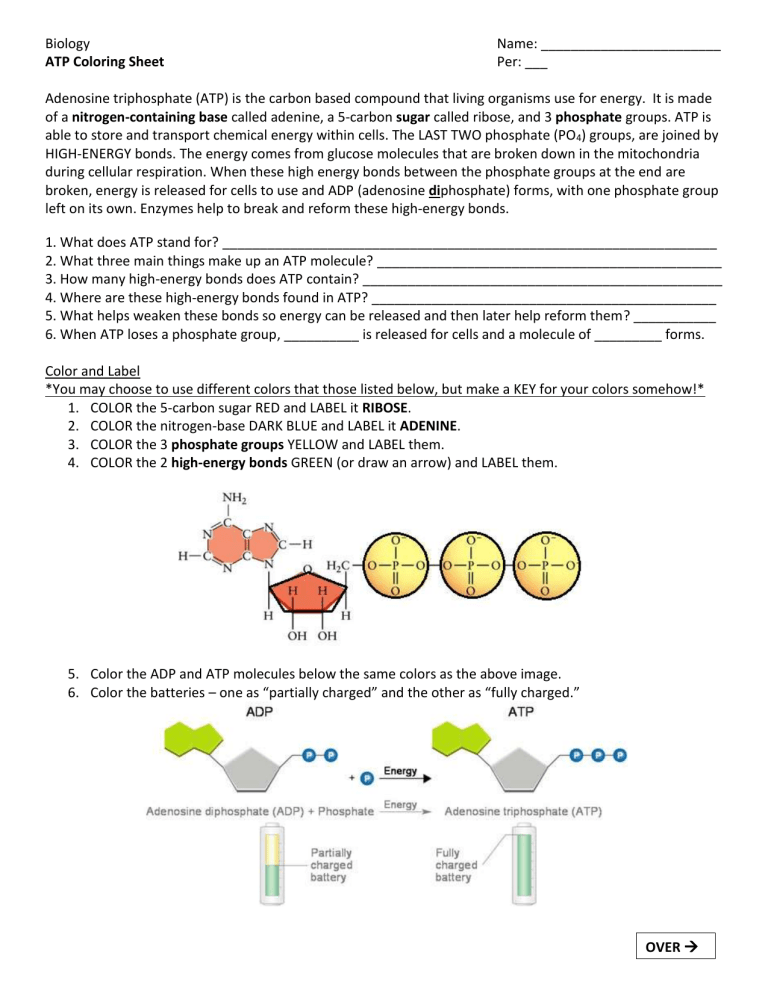



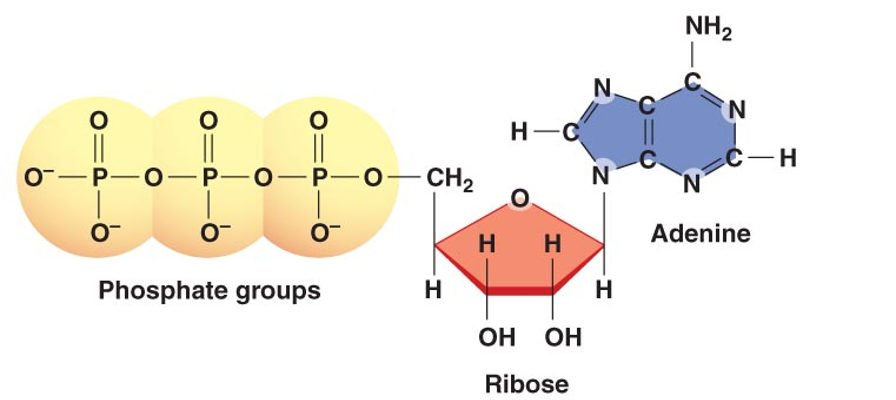
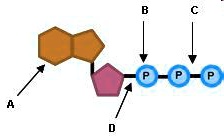

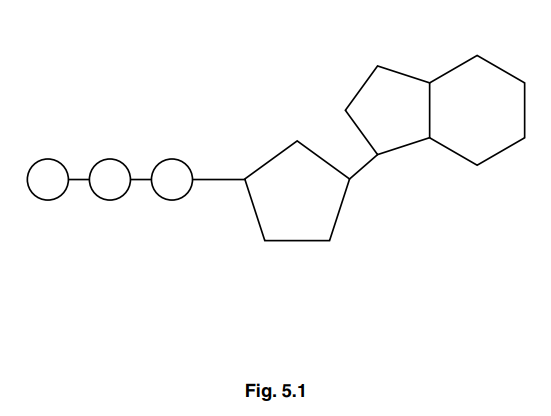
![Identify the three components [(i),(ii) and (iii)] of ATP ...](https://haygot.s3.amazonaws.com/questions/887889_ba7e3b5cc09d418996079c2f5db4b569.png)

:max_bytes(150000):strip_icc()/Glycolysis-58a468ce3df78c47584cd4d3.jpg)


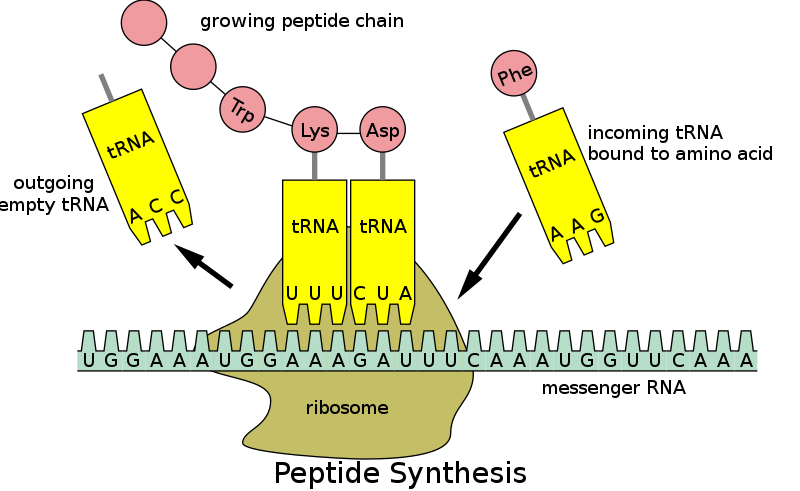


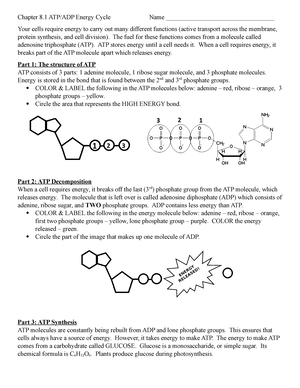

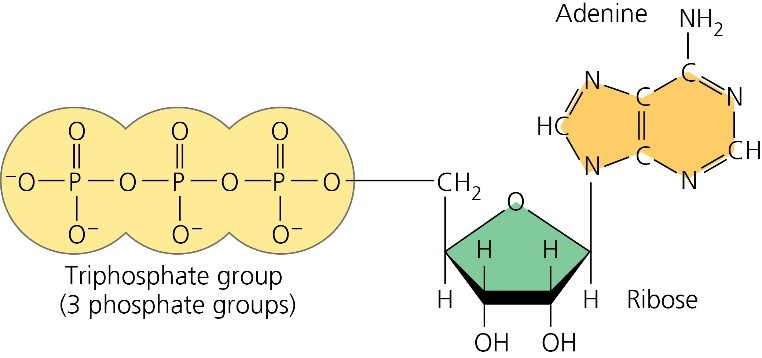
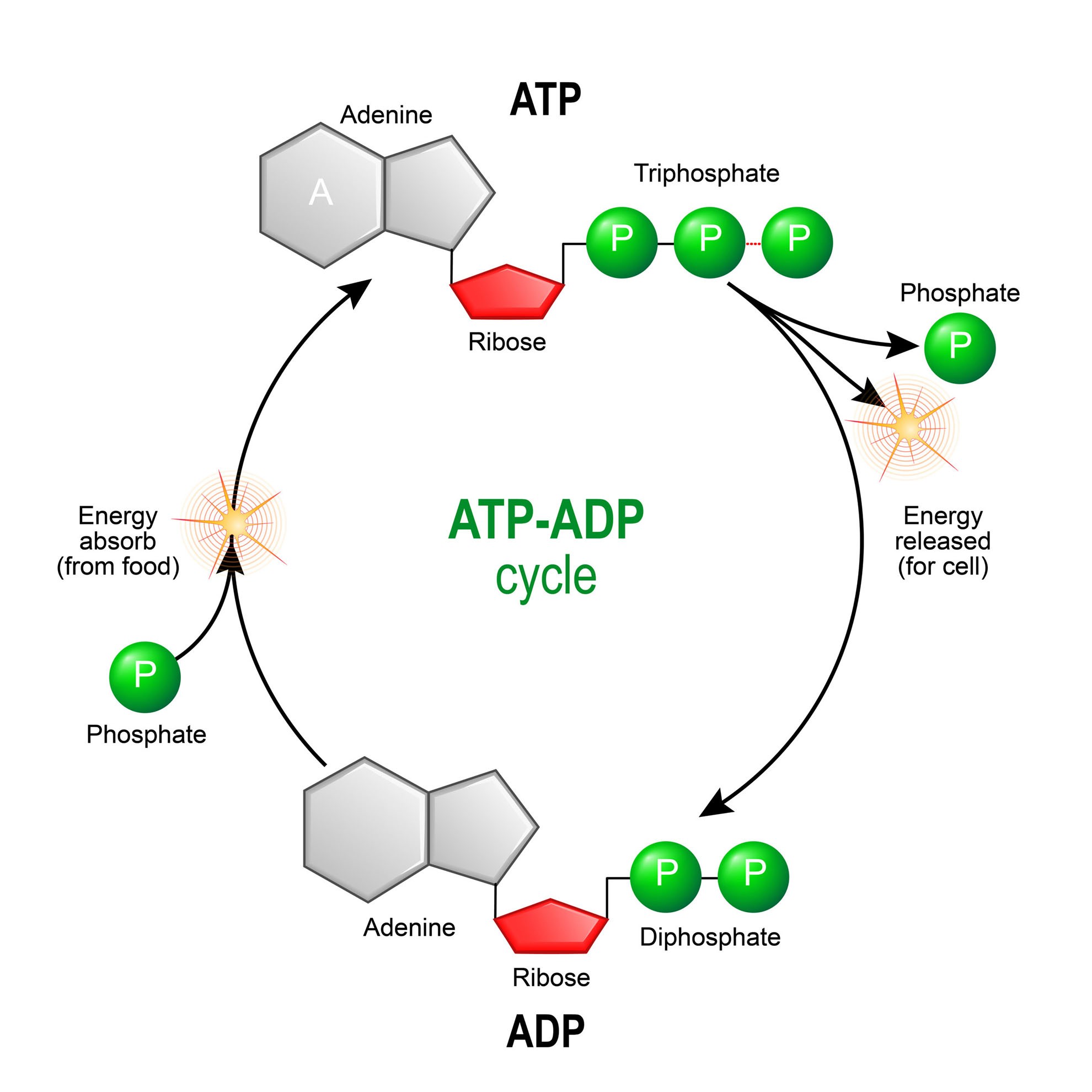
Post a Comment for "43 label the atp molecule"